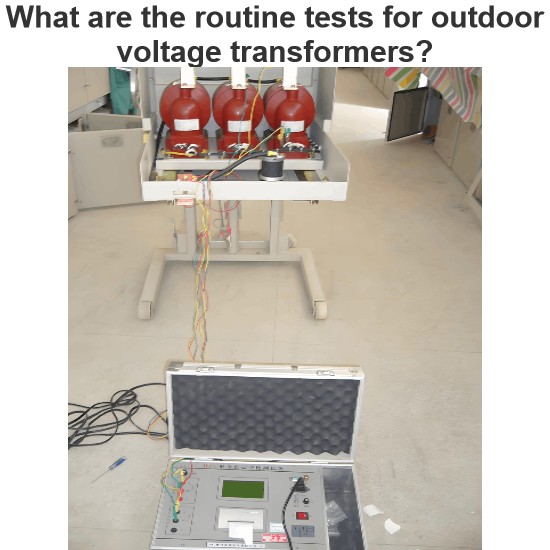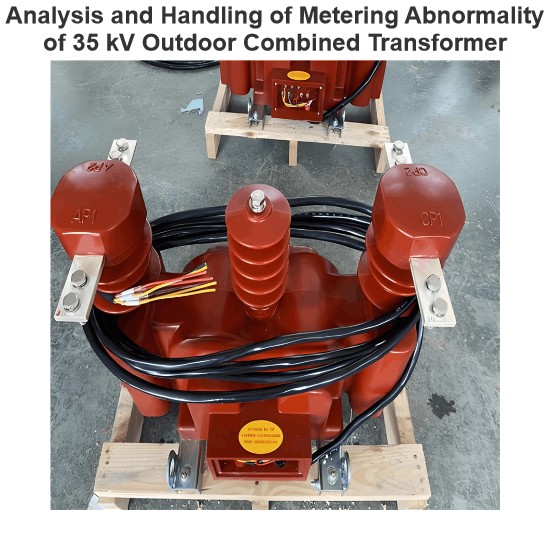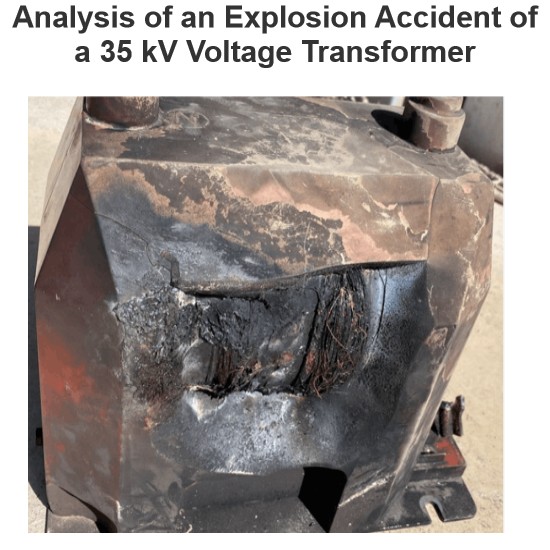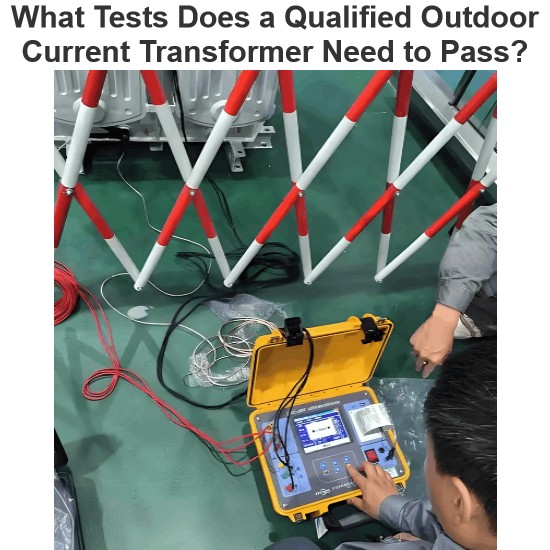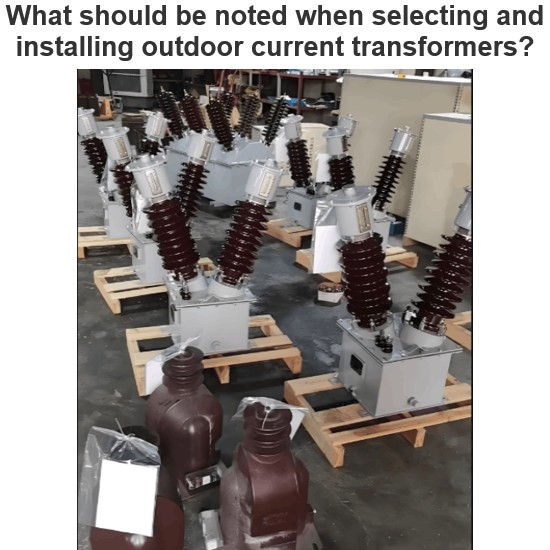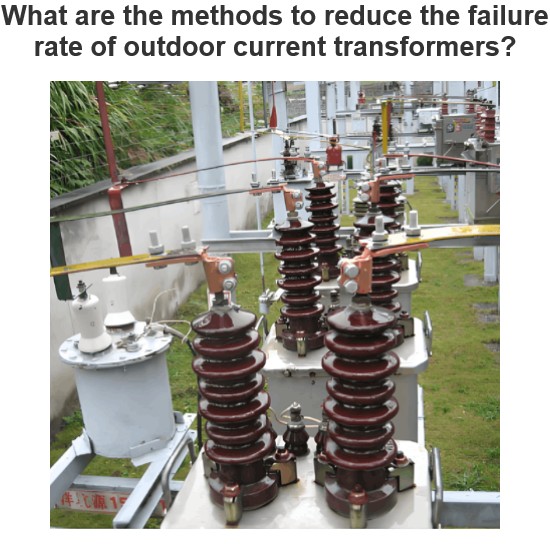| Brand | Wone |
| Model NO. | Residential energy storage |
| Rated Output Rating | 5kW |
| Energy storage capacity | 10.24kWh |
| Cell quality | Class A |
| Series | Residential energy storage |
Feature:
The integrated photovoltaic energy storage system features a high solar input of up to 7kW, a 6kW UPS uninterruptible power supply output, and off-grid functionality.
Its standard configuration includes the LFP.6144.G2 energy storage system with a capacity of up to 12.28kWh.
The inverter system can be parallel connected up to 4 units to form a single-phase 24kW system or 3 units to form an 18kW three-phase system.
A single system can be combined with a maximum of 92.16kWh energy storage system
Inverter Parameters
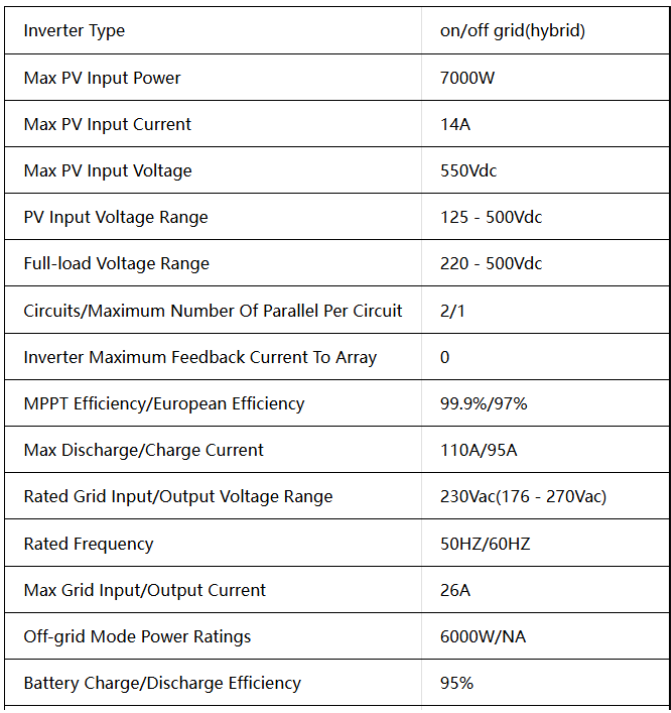
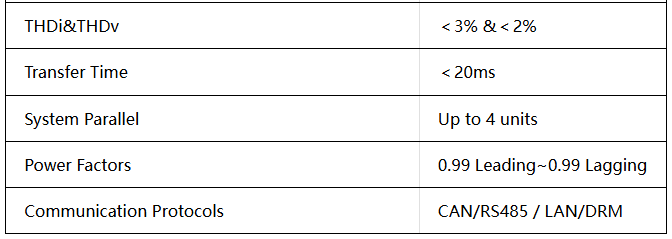
Battery Specifications
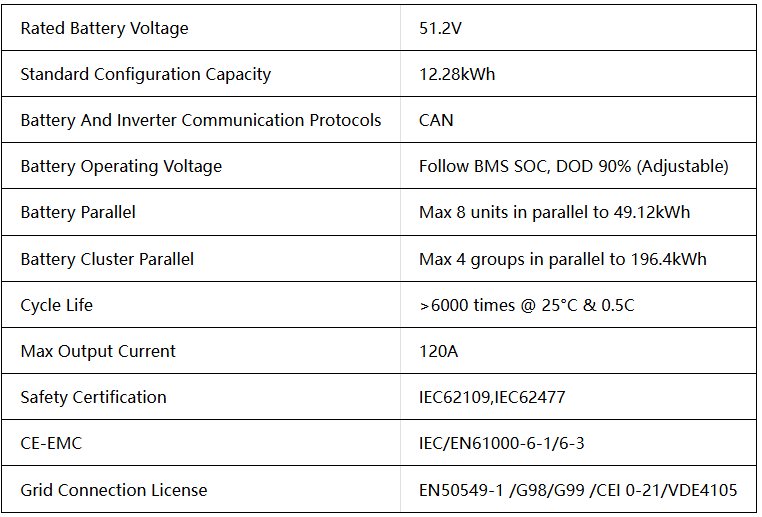
How is residential energy storage protected from over-temperature?
Methods of over-temperature protection.
Temperature monitoring:Temperature sensor: Residential energy storage systems are usually equipped with multiple temperature sensors to monitor the temperature of battery cells, modules, or the entire battery pack.
Real-time monitoring: Temperature sensors detect the battery temperature in real time and transmit the data to the battery management system (BMS).
Battery Management System (BMS):Data processing: After receiving the temperature data, the BMS will perform real-time analysis to determine whether the preset over-temperature threshold is reached.
Protection mechanism: Once the temperature exceeds the preset threshold, the BMS will immediately activate the corresponding protection mechanism.
Protection mechanism:Cut off power supply: The BMS can cut off the charging and discharging circuit of the battery to prevent the battery from continuing to work.
Cooling measures: Start the cooling system (such as fans, liquid cooling systems) to reduce the battery temperature.
Alarm prompt: Notify users or maintenance personnel through sound and light alarms.
Thermal management system:Air cooling system: Take out the heat generated during the battery operation through devices such as fans to keep the battery within a suitable operating temperature range.
Liquid cooling system: Suitable for scenarios that require higher thermal management capabilities. Improve the thermal management efficiency of the system through liquid cooling technology.
Thermal insulation material: Use thermal insulation materials to reduce the impact of the external environment on the battery temperature.
Design optimization:Heat dissipation design: Optimize the spatial layout between battery modules and increase the heat dissipation area.
Heat sink or cooling plate: Arrange heat sinks or cooling plates around the battery module to increase the contact area with the air and improve the heat exchange efficiency.
Software algorithm:Temperature prediction algorithm: Predict the change trend of battery temperature through historical data and real-time data.
Intelligent control algorithm: Dynamically adjust the charging and discharging strategies according to the change trend of battery temperature to avoid over-temperature situations.

